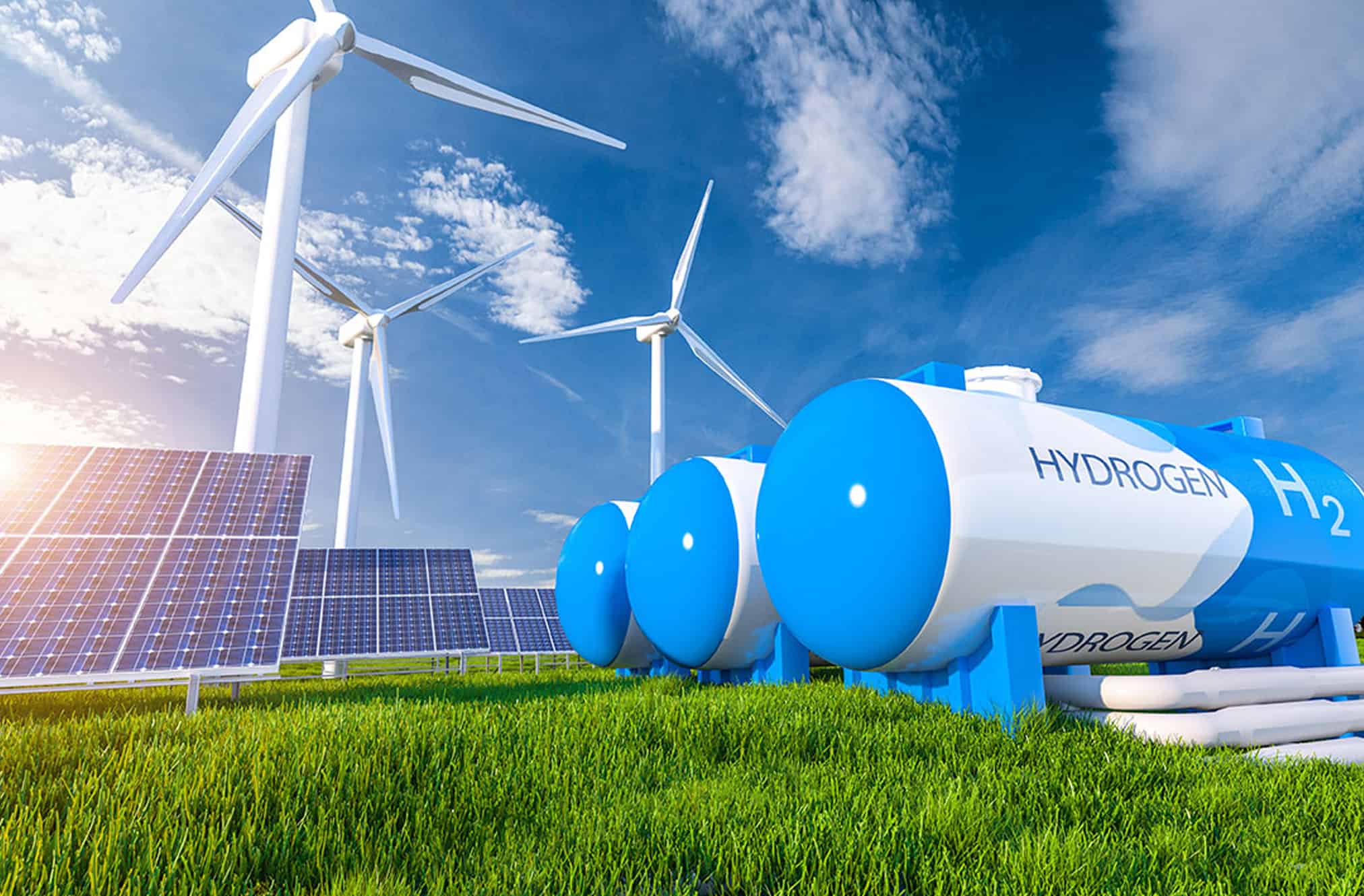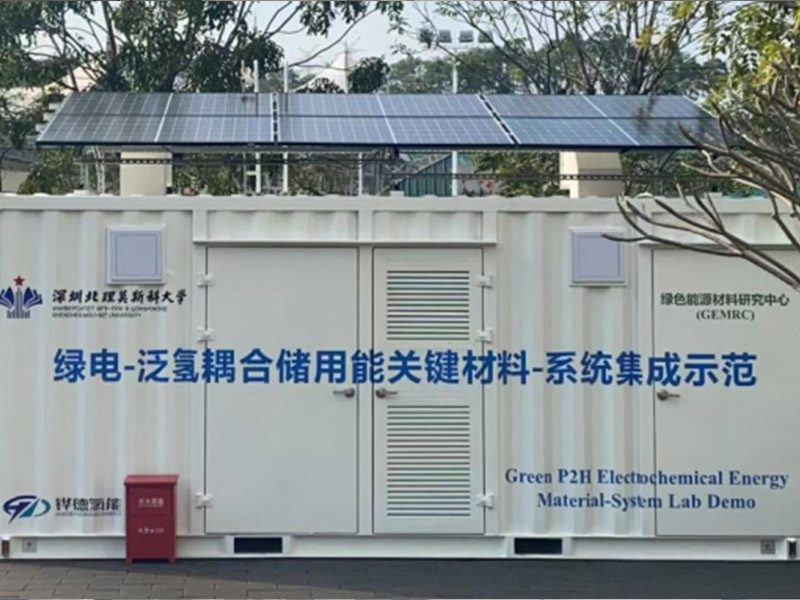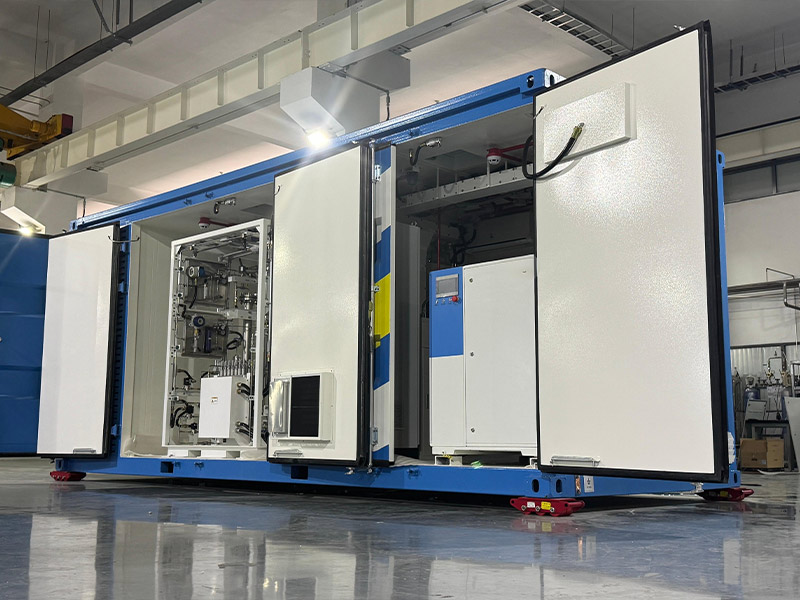
As the world moves toward a cleaner, greener future, three major energy sources stand out: solar power, wind energy, and hydrogen. Each of these technologies offers unique advantages, but they also come with their own challenges. Whether you're a homeowner looking to go green or a policymaker deciding on infrastructure investments, understanding the strengths of each option is key to making smart energy choices.
Keypoints
l Solar power thrives in sunny climates, offering scalable, low-maintenance energy but requires battery storage for nighttime use.
l Wind energy is highly efficient in windy areas but depends on consistent wind and faces land-use challenges.
l Hydrogen acts as a clean energy carrier, enabling long-term storage and decarbonizing industries like transport and heavy manufacturing.
l Each technology has trade-offs: Solar and wind are mature but intermittent, while hydrogen solves storage gaps at higher costs.
l The future lies in integration—combining solar/wind with hydrogen creates a resilient, zero-emission energy system.
When comparing solar, wind, and hydrogen energy systems, each technology offers distinct characteristics that make them suitable for different applications. Solar power excels in sunny regions with its modular design and silent operation, while wind energy achieves higher efficiency in windy locations and can generate power day and night. Hydrogen stands apart as an energy carrier rather than a direct power source, offering unique advantages for long-term storage and hard-to-electrify sectors like heavy industry and transportation.
The key differences in efficiency, storage capability, land use, and ideal climate conditions help determine which solution works best for specific energy needs. This comparison highlights how these technologies complement rather than compete with each other in the transition to clean energy.
|
Feature |
Solar Power |
Wind Energy |
Hydrogen Fuel |
|
Energy Source |
Sunlight |
Wind movement |
Water + electricity |
|
Efficiency |
15-22% (PV) |
35-50% (turbines) |
40-60% (fuel cells) |
|
Storage Capability |
Needs batteries |
Needs batteries |
Built-in storage |
|
Land Use |
5-10 acres/MW |
30-80 acres/MW |
Compact storage |
|
Best Climate |
Sunny regions |
Windy areas |
Anywhere with water |
Solar energy is one of the most widely adopted renewable energy sources around the globe. It uses photovoltaic (PV) panels to convert sunlight directly into electricity, making it ideal for residential rooftops, commercial buildings, and large-scale solar farms. Its popularity comes from its accessibility and steadily declining costs.
Abundant and Free: Sunlight is available almost everywhere and is completely free to harness.
Low Operating Costs: After the initial installation, maintenance costs are minimal.
Scalable: Solar systems can be tailored to any size—from small homes to utility-scale farms.
Works Well with Storage: Solar pairs efficiently with battery storage and even hydrogen production via electrolysis.
Tax Incentives and Rebates: Many governments offer financial incentives for solar installation.
Weather Dependent: Solar output drops on cloudy days or at night.
High Upfront Cost: While prices are falling, installation still requires a sizable initial investment.
Space Requirements: To generate large amounts of power, solar panels need significant space.
Wind power is another pillar of renewable energy. Wind turbines capture kinetic energy from the wind and convert it into electricity. This form of energy is widely used in regions with consistent wind patterns, such as coastal areas and open plains.
Clean and Renewable: Like solar, wind energy emits no greenhouse gases during operation.
Efficient in the Right Location: In windy regions, wind turbines can produce large amounts of electricity.
Low Operating Costs: Once installed, turbines have relatively low maintenance costs.
Large-Scale Potential: Wind farms can power entire towns or feed energy into national grids.
Inconsistent Output: Wind is unpredictable, and turbines only generate power when wind speeds are optimal.
Noise and Aesthetic Concerns: Some people find turbines noisy or visually disruptive.
Impact on Wildlife: Birds and bats can be harmed by turbine blades.
Not Ideal for Every Location: Areas with low wind speeds may not be viable for wind power.
Hydrogen stands apart as a clean energy carrier rather than a direct power source. It can be produced using electrolysis powered by renewables like solar or wind, resulting in green hydrogen. This hydrogen can then be stored and used in fuel cells to generate electricity, or even power vehicles.
Zero Emissions: When used in fuel cells, hydrogen produces only water vapor.
Energy Storage Solution: Hydrogen can store excess solar or wind energy and release it when needed.
Versatility: Can power homes, vehicles, factories, and even aircraft in the future.
Reliable Backup Power: Ideal for off-grid or remote locations needing consistent energy.
High Production Cost: Green hydrogen is still expensive to produce due to costly electrolysis and equipment.
Storage and Transport Challenges: Hydrogen requires high-pressure tanks and specialized infrastructure.
Lower Efficiency: Converting energy into hydrogen and back into electricity results in energy loss.
Early-Stage Adoption: Hydrogen technology isn’t yet widely available for home use.
There’s no one-size-fits-all answer—each clean energy source serves a different purpose depending on location, budget, and energy needs. However, combining these technologies is often the smartest route for a balanced and resilient energy system.
Best for sunny regions and residential rooftops.
Great for long-term savings and energy independence.
Easily paired with batteries or used to generate green hydrogen.
Ideal for rural or coastal areas with steady wind.
Suitable for large-scale farms and communities.
Cost-effective for regions with established infrastructure.
A promising solution for long-term energy storage and off-grid power.
Valuable in sectors where direct electrification is difficult (e.g., heavy transport, industry).
Best used in hybrid systems with solar or wind.
The transition to clean energy isn’t about picking just one solution—it’s about using the right combination. Solar provides decentralized power, wind adds large-scale generation, and hydrogen fills the gap as a flexible storage and fuel solution. Together, they form a powerful trio for a sustainable energy future.
It depends! Solar works best in sunny areas, wind excels in windy regions, and hydrogen is ideal for long-term storage and hard-to-electrify industries.
No—hydrogen complements them by storing excess renewable energy for later use, especially when sunlight or wind is unavailable.
Wind turbines (35–50% efficiency) outperform solar panels (15–22%), but solar is more versatile for rooftops and small-scale use.
Hydrogen’s strength lies in storage and transport—it can power sectors like shipping and aviation where batteries fall short.
Solar and wind are cost-effective for residential use, while hydrogen systems remain expensive but are improving.
Absolutely! Solar/wind can produce green hydrogen, creating a hybrid system for reliable, clean energy.


